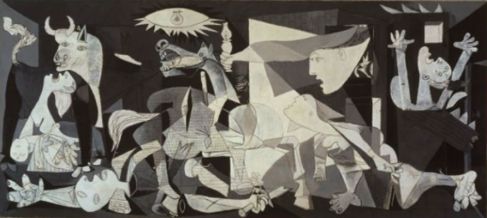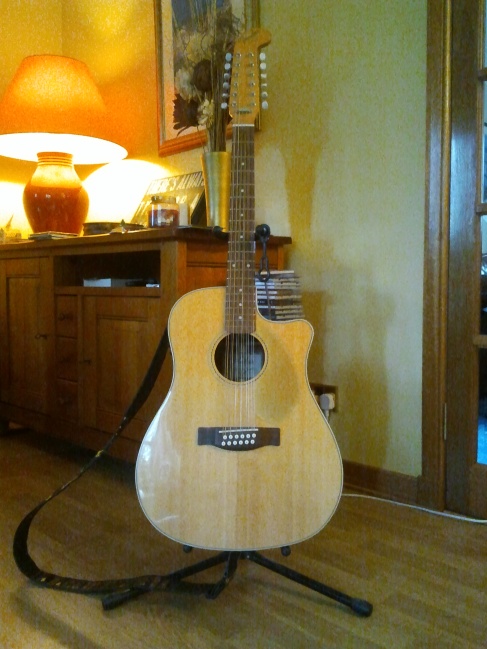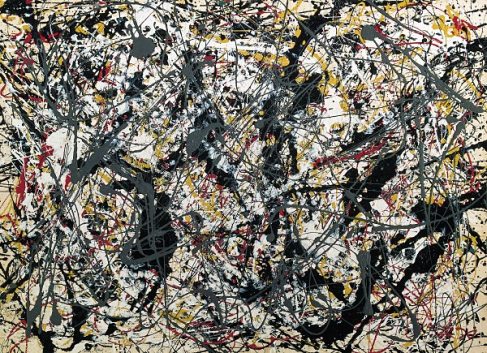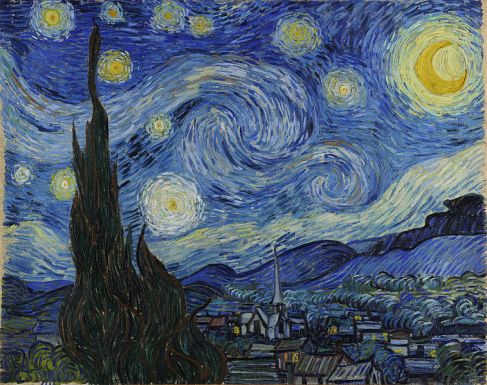
The second of the three songs written for this project is called “Guernica/Gernika” and was inspired by Pablo Picasso’s 1937 work “Guernica”. The painting was created as an angry response to events in the ongoing Spanish Civil War.
At the time, Spain was embroiled in a bitter and bloody civil war between incumbent Republicans (who were anti-monarchy and left-wing) and Nationalists (pro-monarchy and ranged from conservatives to far-right fascists). The Nationalists were led by General Francisco Franco, who was an ally of the Fascist governments of Germany and Italy, led by Adolf Hitler and Benito Mussolini respectively. In order to capture the Basque north of Spain Franco looked towards his Fascist allies for assistance, which they provided in the form of the Luftwaffe’s infamous Condor Legion.
On April 26th 1937, as the small Basque market town of Gernika was in the middle of another market day, the Condor Legion appeared overhead and started to drop their bombs on the town. Mass panic ensued as people ran into cellars and basements to escape the madness. Once the first bombs dropped and people emerged, a second wave of bombers appeared with machine-guns to mow down civilians. A third wave of planes followed, dropping incendiary bombs to set fire to the rubble that was once the town and make the scene look like the Basques had brought about their own destruction.
At the time of the bombing, Pablo Picasso was living in Paris and had received a commission from the Republican government of Spain to paint a large mural for the upcoming World Fair in the French capital. The Republicans (who Picasso implicitly supported against the Nationalists) had asked him to depict the plight of Spain’s besieged people. At first, Picasso was unsure as to what exactly he could paint – but on hearing of the bombing he was outraged and set to work immediately. The finished mural is a haunting image depicting chaos and death through a variety of figures. The image remains haunting to this day and is seen as a warning of the horrors of war.
The resultant song’s lyrics are told from the perspective of an inhabitant of Gernika, enjoying the market with friends before experiencing the bombing and its aftermath. The song features various time-signature changes to depict the organised chaos – the chaos caused by the bombs, organised into three ruthless waves by the Luftwaffe General von Richthofen and Franco.
You can hear the song here at: http://twelvestringsthreepaintings.bandcamp.com/track/guernica-gernika



